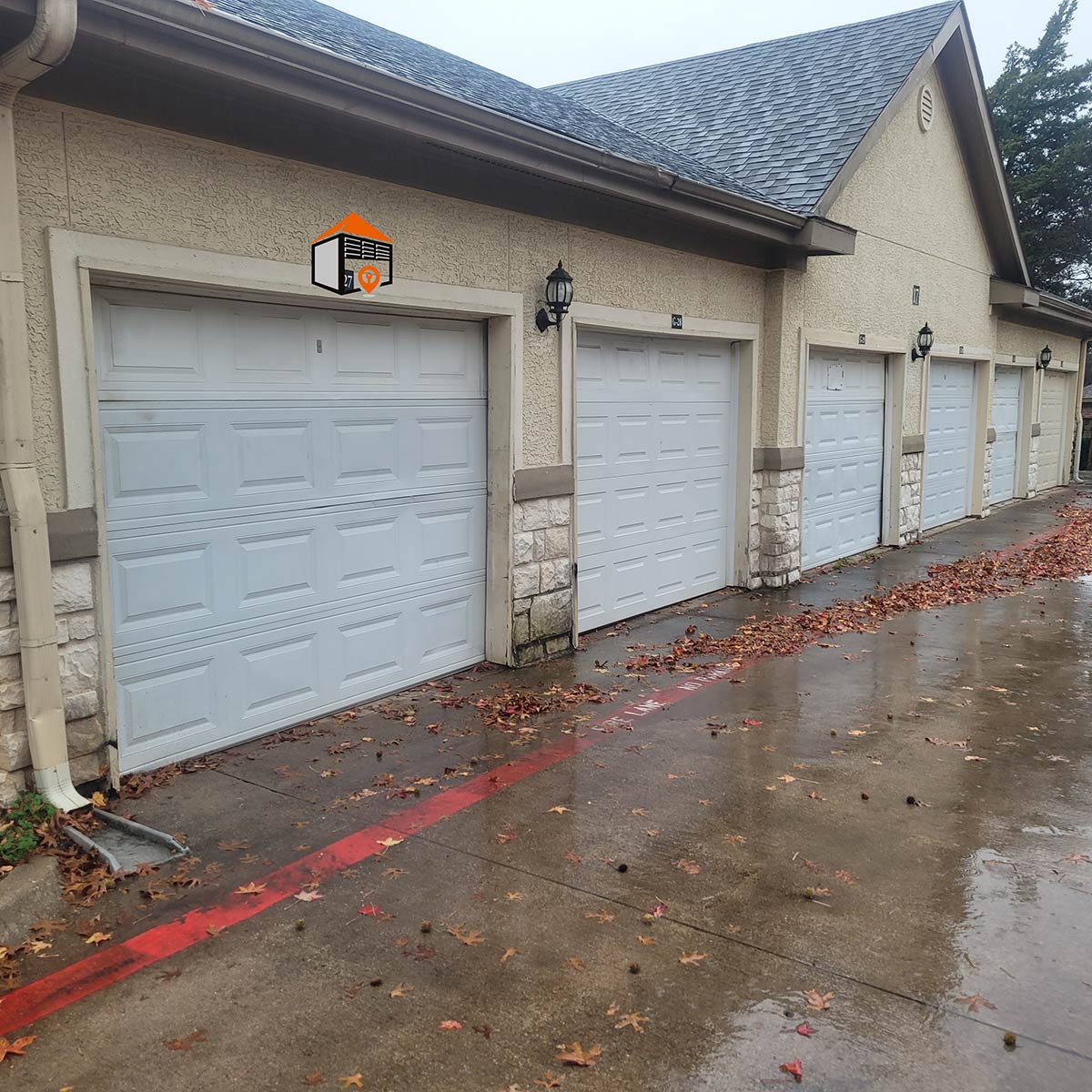Understanding the Vault Lock Mechanism
A vault lock, also known as a vault release, is a key-operated mechanism that enables you to disconnect your garage door opener from the door itself. This is particularly valuable for garages where the only entry point is the garage door, which is common in certain apartment complexes and older homes built in the 1940s to 1960s. It’s surprising how many homes lack an interior access point to attached garages. The primary purpose of a vault lock is to allow access to your vehicle or garage during a power outage when the garage door opener is rendered inoperable.
Importance of Installing a Vault Lock
Having a vault lock can be a lifesaver, especially for homeowners without a garage door opener equipped with a battery backup. It provides a means of entry when you’re locked out, ensuring that you can access your garage easily. Many home inspectors and local officials will mandate the installation of a vault lock if they identify that there’s only one access point into the garage. Additionally, property management firms often require vault locks for units, especially when tenants remove garage door openers and fail to return them.
Tools Required for Installation
Installing a vault lock is a straightforward process that doesn’t demand an extensive toolkit. The key tools you will need include drill bits – specifically, one smaller bit (approximately 1/16th of an inch) for the through bolts and a larger bit for the barrel of the lock. The larger drill bit should be wider than the lock barrel, and a unit bit is recommended for this purpose as it can create various sizes of holes. These drill bits can be found at most hardware stores, though they can be somewhat pricey.
Finding the Right Installation Spot
When installing the vault lock, position it on the top garage door panel, ideally halfway up the section. Once you’ve drilled the necessary holes for the barrel, you can proceed to install the lock. The vault lock will have a cable, typically 1.5 to 2 feet long, that needs to be fed through the larger hole you drilled. At the end of this cable, there will be an S-clamp that you will use to secure the connection.
Securing the Lock and Testing Functionality
To secure the vault lock, you’ll need long mounting screws (around 2.5 inches) that fit doors up to 2 inches thick. For thicker doors, a different vault lock with longer screws will be necessary. Feed the screws through the door and tighten them securely, being careful not to overtighten as this could dent metal doors. Once the lock is attached, you need to access the inside of the garage to complete the installation.
Final Steps: Connecting to the Emergency Release
Lower your garage door after securing the lock, and connect the end of the cable with the S-clip to the emergency release mechanism of your opener, where the red cord is typically tied. You may need to use pliers to ensure the clip is tightly secured. Once everything is installed, test the functionality: engage the garage door opener, then use the key to turn the lock. This should slide a small barrel out, allowing you to pull the cable, releasing the emergency mechanism, and enabling manual operation of the garage door.
Conclusion: Enjoy Peace of Mind
With the installation of a vault lock, you’ll have enhanced security and a reliable emergency entry solution for your garage. It’s an affordable investment and an essential feature for every homeowner who values easy access and peace of mind during unexpected situations.
“`
